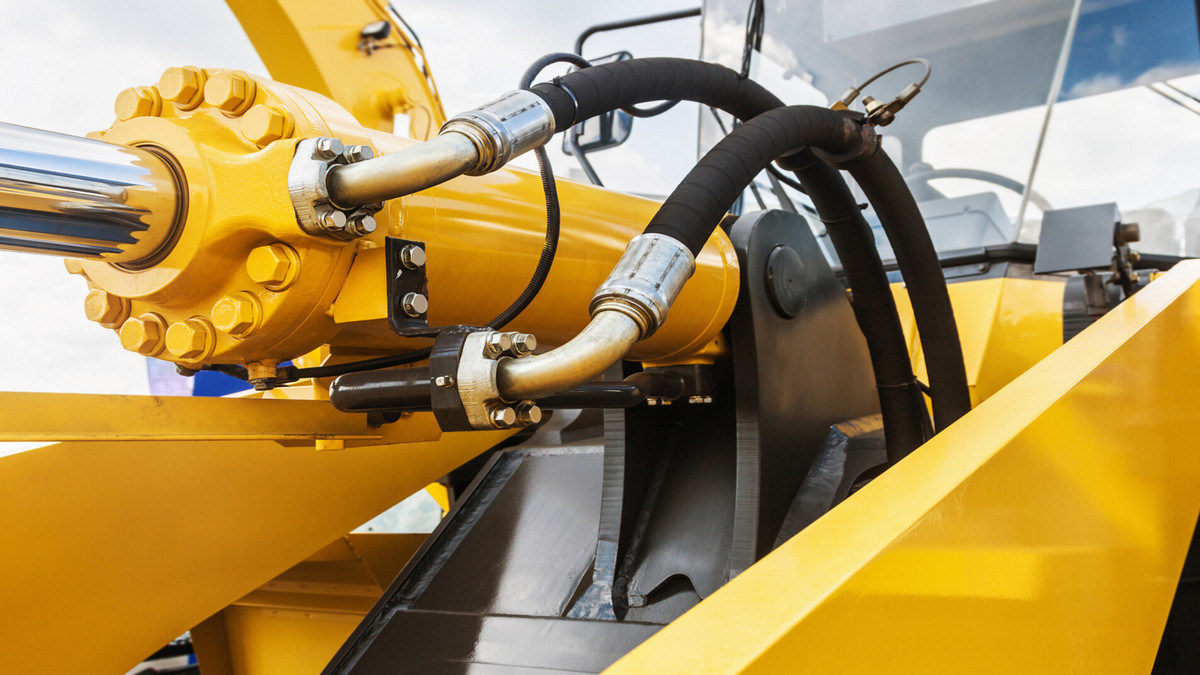Internal high-pressure forming technology is one of the lightweight forming technologies for auto parts, which relies on the liquid or gas as the transmission medium, uses the precise control of internal pressure, and the axial feeding, with the mold cavity, and finally makes the metal hollow blank form the integral complex variable section member. Internal high pressure forming equipment is suitable for manufacturing aerospace, nuclear power, petrochemical, drinking water system, pipe system, automotive and bicycle industries of complex shaped section hollow components.
Introduction to Internal High Pressure Forming Hydraulic Presses
The internal high pressure forming hydraulic press is a machine that uses hydrostatic pressure to process metal, plastic, rubber, wood, powder and other products. It is commonly used in pressing process and press forming process, such as: forging, stamping, cold extrusion, straightening, bending, flanging, sheet drawing, powder metallurgy, pressing and so on. Internal high pressure forming hydraulic presses can be divided into: multi-station automatic presses, rotary head presses, double-action deep drawing presses, cold extrusion presses and hot die forging presses according to application characteristics.
Classifications of Internal High Pressure Forming Hydraulic Presses
- Multi-Station Automatic Press:
There are multiple stations on one press, and multiple forming molds are installed, and the blanks are automatically moved to the next station in sequence. In one stroke of the press, each station performs each forming process at the same time to make a workpiece.
- Rotary Head Press:
Between the slider and the worktable, there is a rotary head that can install dozens of molds, and molds can be selected as needed. The blank is placed on the die and no longer moves. After each stroke is completed, the rotary head rotates a position to complete a process. This type of press has high positioning accuracy and is easy to adjust products. One machine is with multi-purposes, and is mostly used for punching instrument bottom plates and panels. The rotary head press can be equipped with a numerical control system, and the mold and sheet forming parts are selected according to the programmed instructions to automatically complete the complex stamping work.
- Double-Action Deep Drawing Press:
There are inner and outer sliders, which are used for deep drawing of cup-shaped parts. Before deep drawing, the outer slider first presses the outer edge of the sheet, and then the inner slider drives the punch to draw the cup to prevent the outer edge of the sheet from wrinkling. After the deep drawing is completed, the inner slider returns first, and then the outer slider is released. The ratio of the nominal working force of the inner and outer sliders is (1~1.7):1.
- Cold Extrusion Machine:
It is used to extrude metal parts in cold and warm state, such as gun shells, toothpaste tubes, etc. Cold extrusion presses are generally vertical, and are characterized by good rigidity, high guiding precision, high working pressure, small work surface and long working stroke.
- Hot Die Forging Press:
For die forging production. The rigidity of the fuselage is large, the guide surface is long, and the ability to bear eccentric loads is strong. In the past, the crank connecting rod mechanism was mostly used, and the double slider type and the wedge type have been changed to improve the rigidity. The double-slider type structure is relatively simple and light in weight; the wedge type structure has a large bearing area, but the transmission efficiency is low. During die forging, the slider is easy to get stuck near the bottom dead center (commonly known as the boring car), so there is a release device. There are upper and lower ejection devices in the machine, which can realize multi-die forging, and the forgings have high precision and are suitable for mass production. The maximum specification is 160 MN.
The internal high pressure forming hydraulic press is suitable for bending, forming, flanging and other processes of central load parts. After being equipped with a punching buffer device, it can also be used for punching and blanking processing. The product of choice, has a wide range of applications in the automotive, aviation, aerospace and pipeline industries.









.png)




